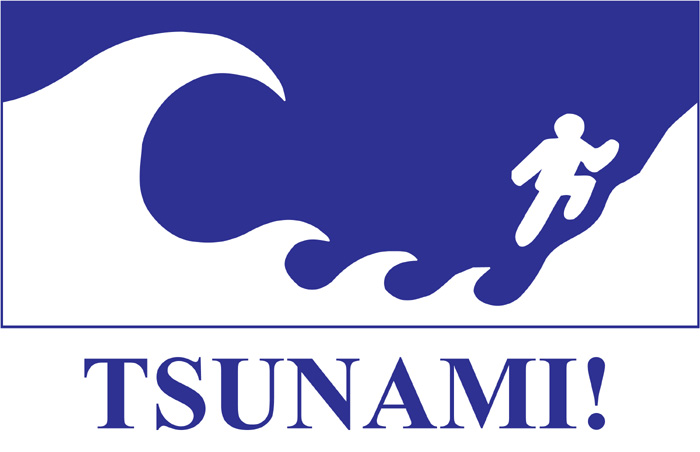Buoys are all over the world. If you do not know what buoys are, they are little things in the water which help boatman determine where there is shallow water, so they avoid that area. Or, where the water is too deep and dangerous to stop at. There is a site which tells you exactly where every single one of the buoys are located. This is the link.
http://www.ndbc.noaa.gov/
As we can see on the site, the most buoys are located in the Atlantic and the Pacific Ocean, To be more specific around America. They are probably there because America is one of the most populated continents, so there are a lot of boats. Also, the depth in the oceans change rapidly.
There are a lot of them near Great Britain. However, they are mostly oil buoys.

http://www.ndbc.noaa.gov/
As we can see on the site, the most buoys are located in the Atlantic and the Pacific Ocean, To be more specific around America. They are probably there because America is one of the most populated continents, so there are a lot of boats. Also, the depth in the oceans change rapidly.
There are a lot of them near Great Britain. However, they are mostly oil buoys.




